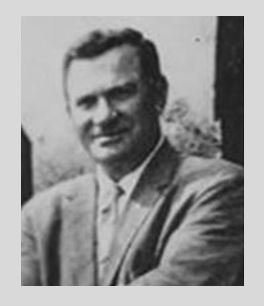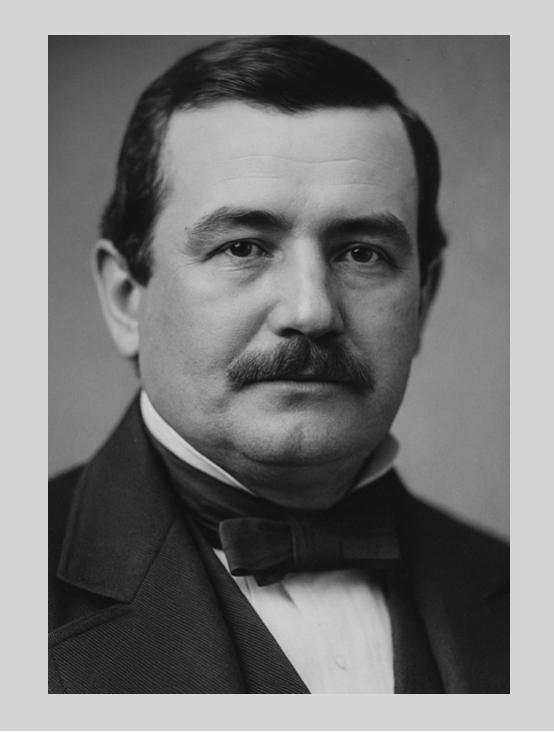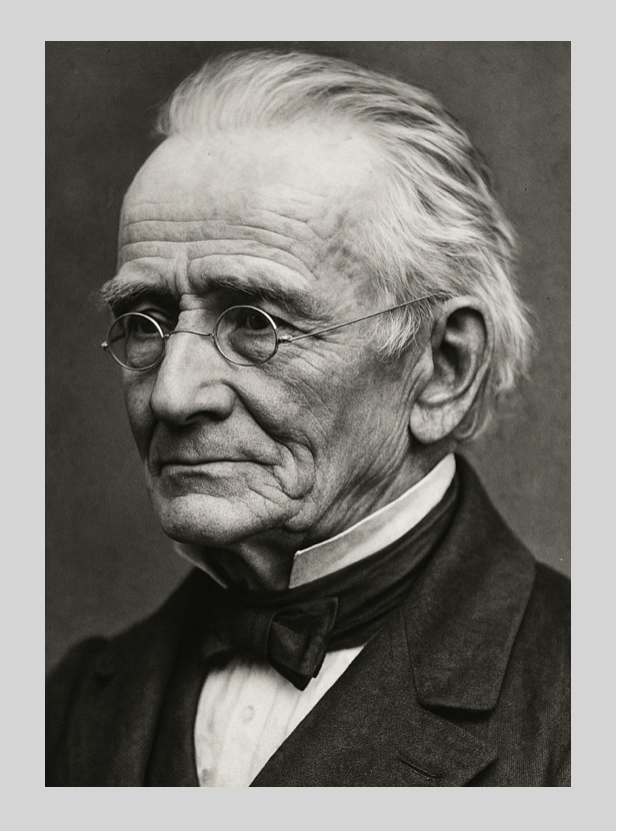
James B. Beam Distilling
Jim Beam Founders
(NOTE: FOUNDERS ARE LISTED IN ALPHABETICAL ORDER)
The beam family has been producing whiskey since 1795 although it was interrupted by Prohibition. Eight generations of direct line descendants and many other family members of founder Jacob Beam have been involved in whiskey production for the company that makes Jim Beam Bourbon. Those eight generations, as well as many branches off of the main Beam tree have earned the reputation as "America's First Family of Bourbon."
The nineteen people listed above and below are all important members of the beam family and the company of James B. Beam Distilling. This list includes eight with the last name Beam and three with the last name Noe who are the decedents of Margaret Beam (Jim’s Daughter). Many others on this list are part of the Beam line of bourbons today, because of acquisitions including Basil Hayden, Dr. Samuel Crow, Abraham Overholt. This list also includes former Executives and instrumental people that helped change the trajectory of the company by their vast contributions.
1
Baker Beam
“High Storage advocate"
Edward “Baker” Beam worked at both these distilleries himself, and has his own small batch bourbon in the famous Jim Beam “Small Batch Bourbon Collection.” Baker retired at age 81 is an avid fan of high storage in the warehouse for his Baker’s Bourbon. He feels it 7 years is the maximum age…
2
Carl “Shucks” Beam
Carl Beam, nicknamed “Shucks” worked at the rebuilt Jim Beam Distillery right after Prohibition ended, along with uncle Jim and cousin Jere. He went on to become Beam’s Master Distiller. Carl later became the Executive Vice-President of the James B. Beam Distillery Company in 1959 and his nick named changed to “Dean of all Distillers.” He retired in 1974.
3
David Beam
“The Innovator”
Jacob Beam's son David helped his father the most in the whiskey business. David Beam was as smart as a whip and learned from the industrial revolution going on around him. He expanded the distillery from a modest family business into a large sized factory with high production, naming it the: “Old Tub Distillery.”
4
David M. Beam
David M. Beam stayed at home instead of going off to college. He took over the distilling operation begun by his grandfather. Then, in 1860, David moved the family distillery from its original site to Nelson County to take advantage of a new railroad line, where it became the first national brand, calling it "Old Tub Bourbon."
5
Jacob Beam
“The Pioneer”
It was in Frederick, Maryland on his Uncle’s plantation in 1766 that Jacob learned how to ferment grapes, apples into hard cider and Rye whiskey. Three years after moving to Kentucky, Jacob began to distill his first whiskey. The three oldest of Jacob’s sons continued on in the Bourbon trade, including David Beam, who took over the family business.
6
James “Jim” Beam
“The Namesake”
Colonel James Beauregard Beam "Jim Beam" was born in Bardstown, Kentucky near the end of the Civil War in 1864. He took over the family business at the "Old Tub Distillery" at Hardin’s Creek, Kentucky (later called the Jim Beam Distillery) in 1894 from his father David M. Beam right before Prohibition hit.
7
Park Beam
David M. Beam retired at the age of 59 just before the turn of the century in 1892. Upon his retirement he ceded control of the distillery and operations to his two youngest sons of four, Jim Beam and and Park Beam. Jim and their joint brother-in-law Albert ran the business side of things and Park Beam was the Master Distiller that not only made the bourbon but increased it production four fold in his lifetime.
8
T. Jeremiah Beam
Jim Beam had two children, a son, T. Jeremiah Beam, and a daughter, Margaret. Jere (pronounced "Jerry") was born in Bardstown in 1899 and went to work in the family distillery, Clear Springs at age 14. Jeremiah eventually gained full ownership of Beam Brands and opened a second distillery near Boston, Kentucky, in 1954.
9
Dr. James Crow
Crow was a Scottish chemist and physician that arrived in the US in 1820 and worked for a couple distilleries until Oscar Pepper made the best move of his career, and probably the bourbon world by hiring Dr. Crow in 1838 to be his master distiller.
10
Jerry O. Dalton
Dr. Jerry Owen Dalton is best known as the only non-Beam family member ever to serve as Master Distiller for the James B. Beam Distilling Company. Dalton began his career at Barton Brands after graduating with a PhD in Chemistry from the University of Louisville in 1977. He moved to Jim Beam in 1996.
11
Greg Davis
Gregory T “Greg” Davis was born in May of 1970. He is currently the Director of Distillery Operations at James B. Beam Distilling Company. Davis took on a new role as Director of Distillation in October of 2018 at Beam-Suntory’s colossal plants in Clermont and Boston. He aims to focus on Jim Beam Bourbon and, specifically, the brand’s Small Batch Collection.
12
Kathleen DiBenedetto
When Kathleen DiBenedetto started her career at Jim Beam in 1991, industry legend and bourbon superstar Booker Noe was the Master Distiller at Beam (now Beam-Suntory). One of Kathleen’s first jobs was working right alongside Booker. As they traveled the country and learned what it took to market to and find audiences for what was then a mostly untapped market in premium small batch whiskey
13
Basil Hayden
“The King of High Rye"
Hayden led a group of one hundred Catholics from Maryland into what is now Nelson County, Kentucky in 1785. This area, Bardstown is home to many of the famous bourbon brands and is considered "The Bourbon Capital of the World." Hayden actually donated the land for the first Catholic church west of the Allegheny Mountains.
14
Booker Noe
"The Virtuoso"
Frederick Booker Noe was born in December 1929 and passed away in 2004. He introduced Booker’s Bourbon in 1987 and coined the phrase “small batch” to describe his uncut unfiltered bourbon. Master Distiller for over 40 years, Booker was a larger than life character. At 6 foot 4” he was a commanding figure.
15
Fred Noe
“The Ambassador”
Fred was steeped in whiskey culture early on. He was born in 1954 in Bardstown, Kentucky “the Bourbon Capital of the World,” and grew up in the same house his great grandfather, the legendary Jim Beam, once lived in. Fred, who’s birth name is Frederick Booker Noe III, became the Seventh Generation Beam family to be named Master Distiller in 2007 and regularly travels for promotional purposes.
16
Freddie Noe
Freddie is a direct descendant of the legendary Jacob Beam who began distilling whiskey back in 1795. Freddie is an 8th Generation Master Distiller with Jim Beam of Beam/Suntory, Inc. Freddie is the son of Fred Noe, Master Distiller at Jim Beam (Beam Suntory) in Clermont, Kentucky.
17
Abraham Overholt
In 1810, Henry's son Abraham Overholt (1784–1870) took over management of the distillery and made it into a large business. By the 1820s, the distillery was putting out 15 gallons of rye whiskey per day. Abraham grew the company rapidly; by 1843, Baltimore newspapers were advertising Overholt's "Old Rye"; was the best in the country. At that time, only the very few top distilleries were advertised by name, not the brands.
18
Matthew Shattock
From March 2009 to December 2020, Shattock was President of Jim Beam Brands. In 2014, Matt successfully led the complex integration between the Japanese Suntory Corp. and the American Jim Beam Brands to create the third-largest spirits conglomerate in the world, now known as Beam-Suntory.
19
Peggy Noe Stevens
Peggy began to get recognition for her hard work and comprehension of true hospitality. In the early 1990s, Brown‑Forman Corporation, the parent company of brands like Woodford Reserve and Jack Daniel’s, came calling for Peggy. There, she dove deeper into experiential marketing,
20
Jerry Summers
Jerry Summers was born in 1953 to his parents, Elwood and Helen Summers. In 2018, Jerry retired after 39 years as Director of Community Relations at Beam-Suntory. In his role at Beam, Jerry was once described as “Mister Tourism,” who has worked tirelessly for decades to make the entire bourbon industry better through his actions.





















